~ども is like ~たち that changes a noun into plural but ~ども sounds a bit derogatory. For that reason, ~ども can be used for our own group as a humble expression.
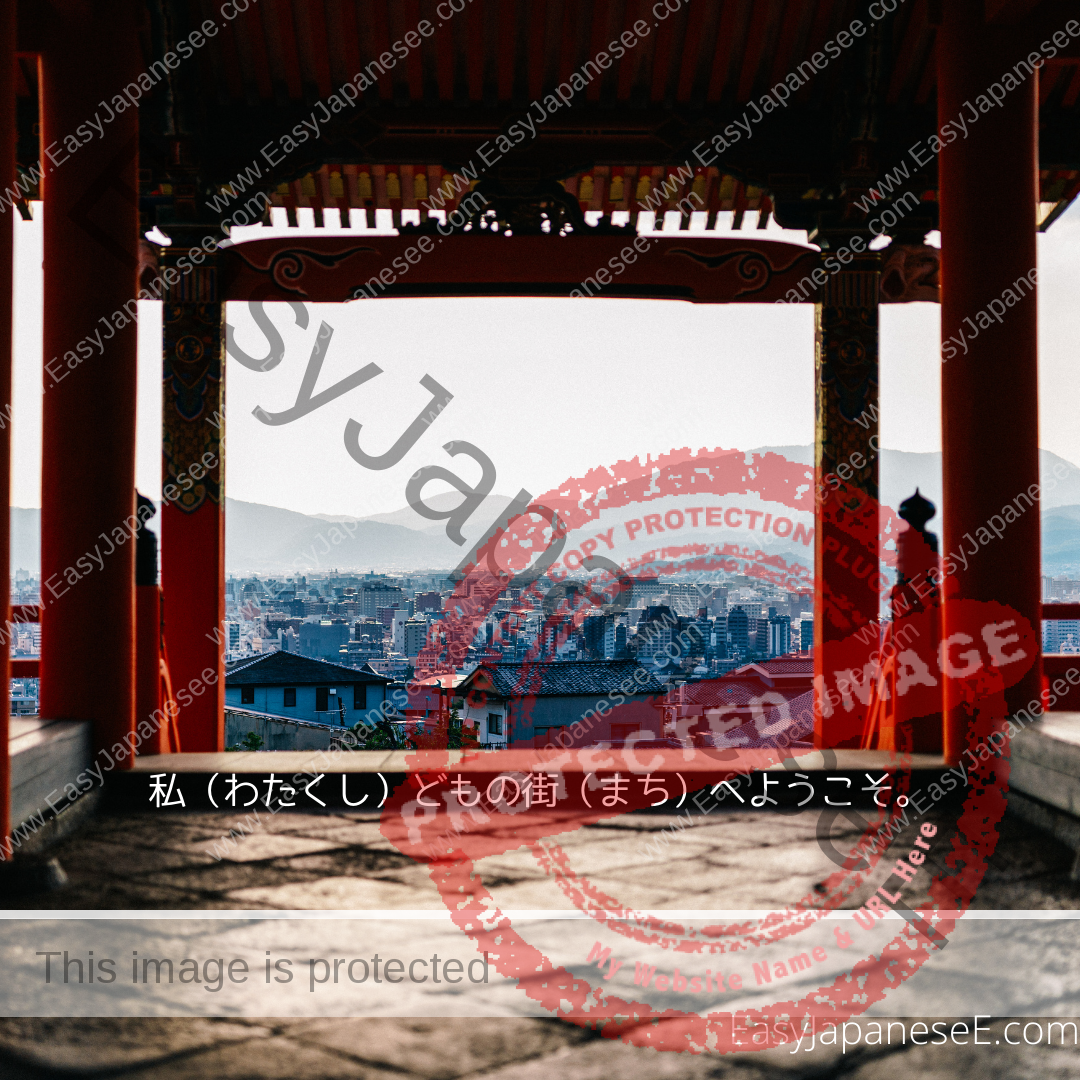

~ども is like ~たち that changes a noun into plural but ~ども sounds a bit derogatory. For that reason, ~ども can be used for our own group as a humble expression.
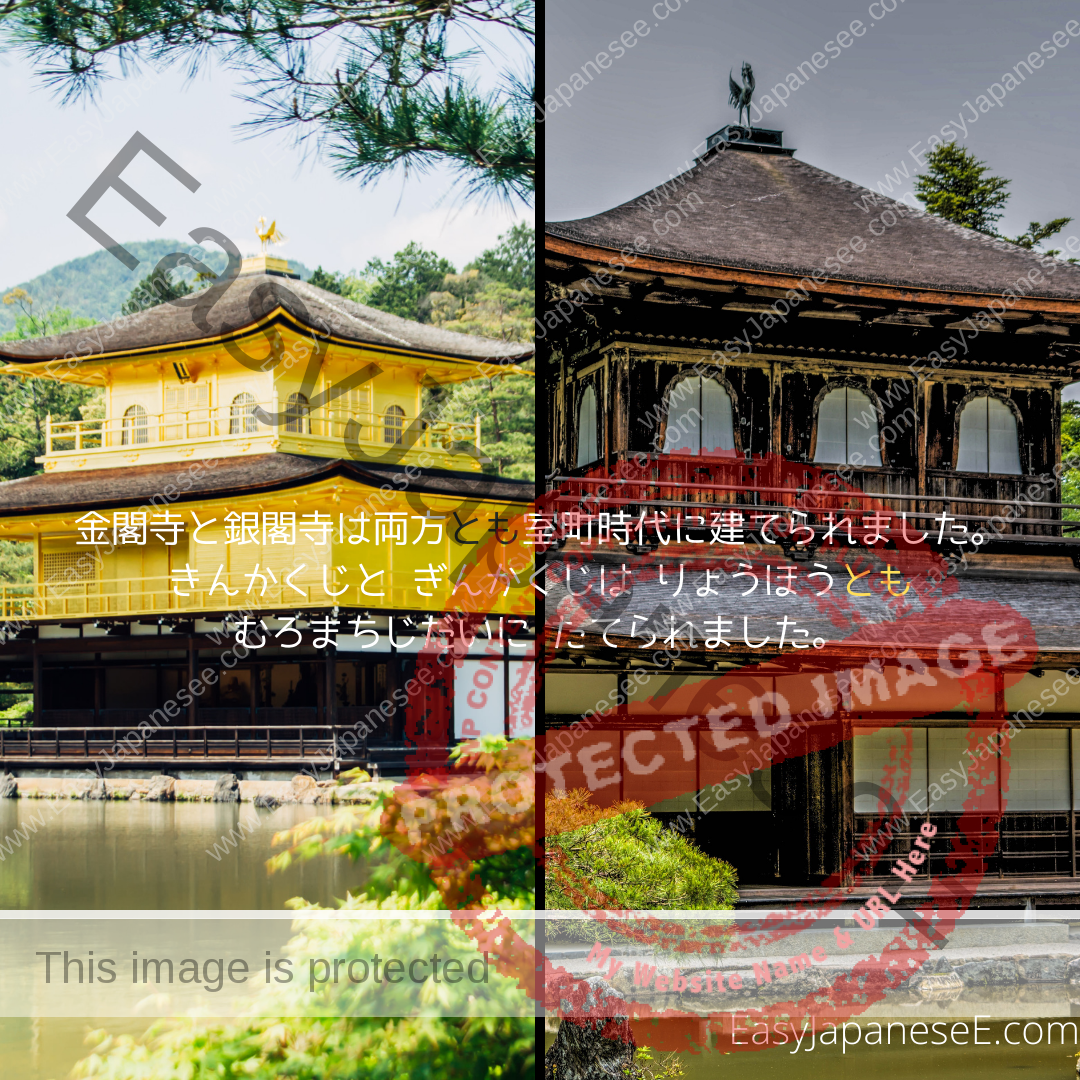
~とも has the meanings of “all ~” or “inclusive of ~.” The kanji for that is 共 but in this meaning, we usually write it in Hiragana.
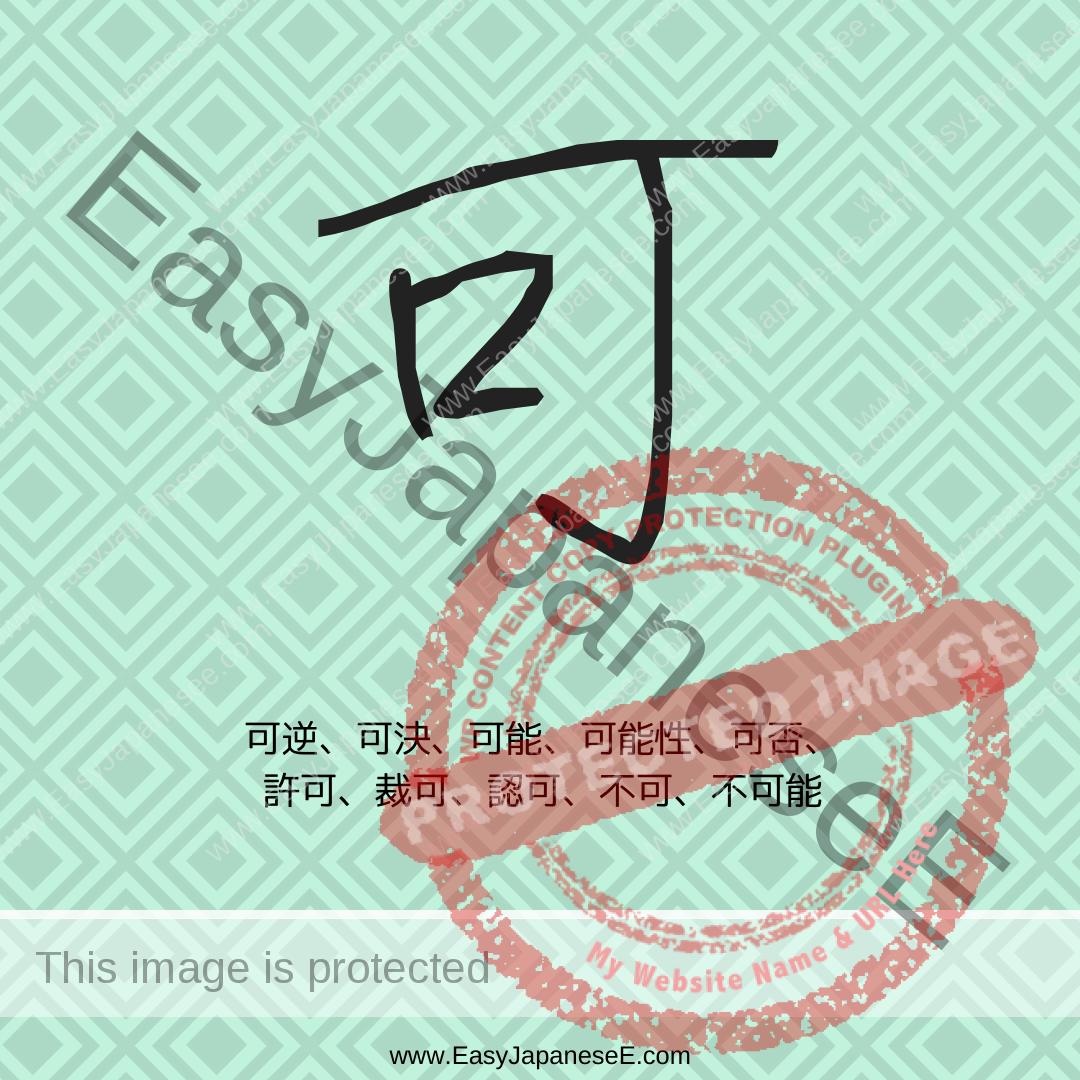
Today’s #kanji is 可, which is listed under its semantic element of #くちへん(口). Its phonetic element is 丂, although 可 and 丂 do not share a sound in Japanese.
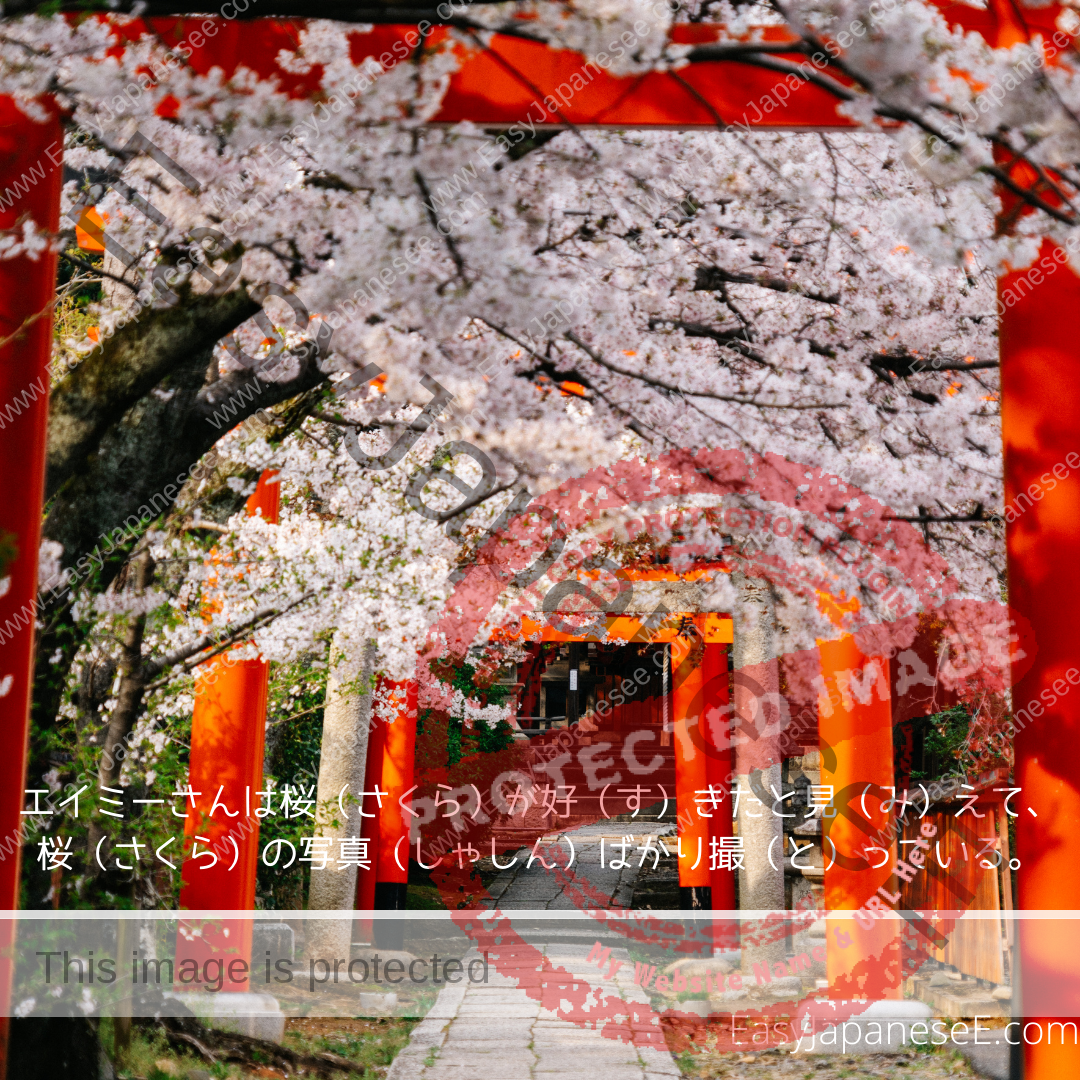
Today, I’m talking about ~とみえる which means almost the same as ~らしい. This ~とみえる follows a clause and it means “it seems ~.”

~とべつに or ~とはべつに means “apart from ~” or “separately from ~.” This は is for showing contrast, so if you use は, “apart from” part gets emphasised.
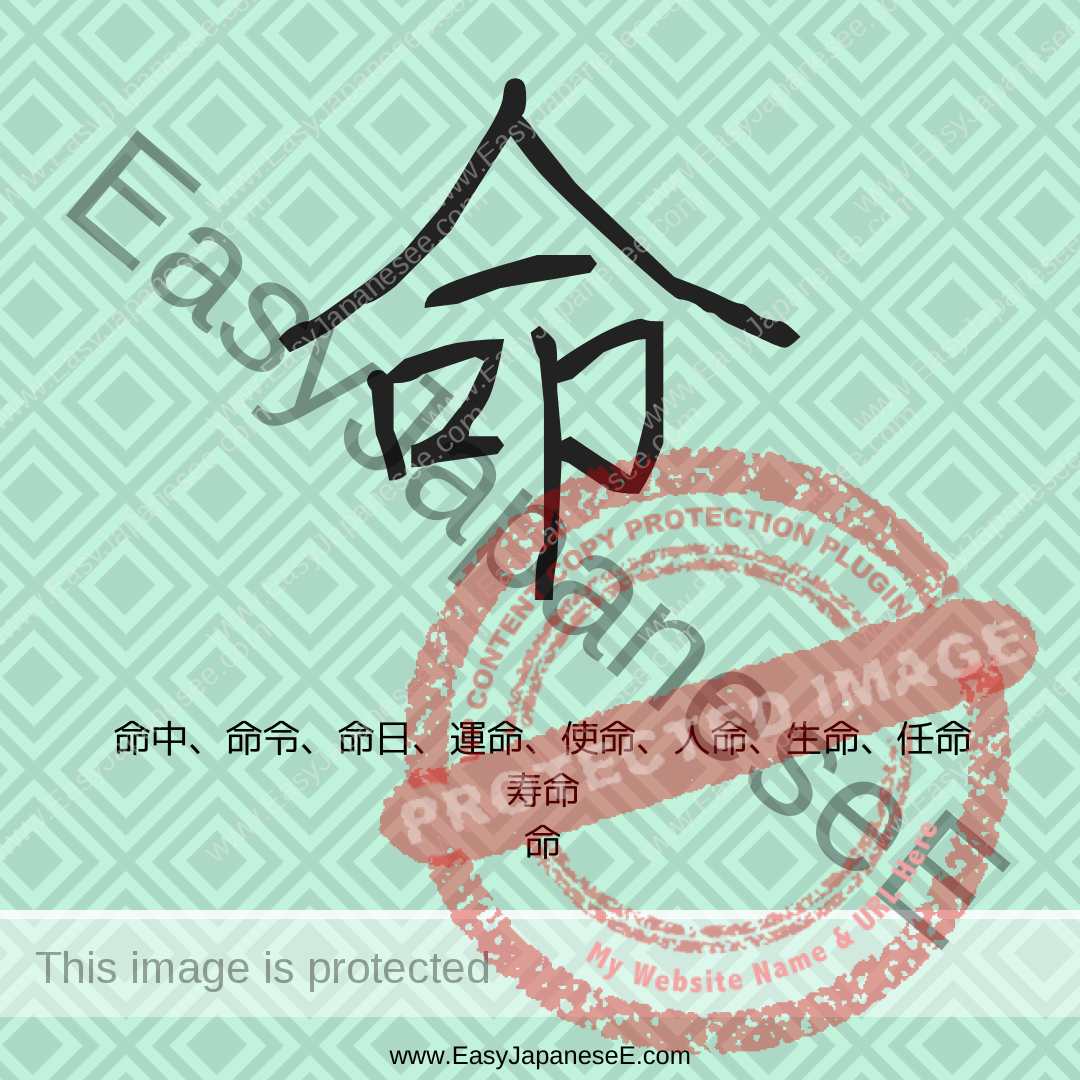
Today’s #kanji is 命, which is listed under its semantic element of #くちへん(口). Its phonetic element is 令 although 命 and 令 don’t have a sound in common.
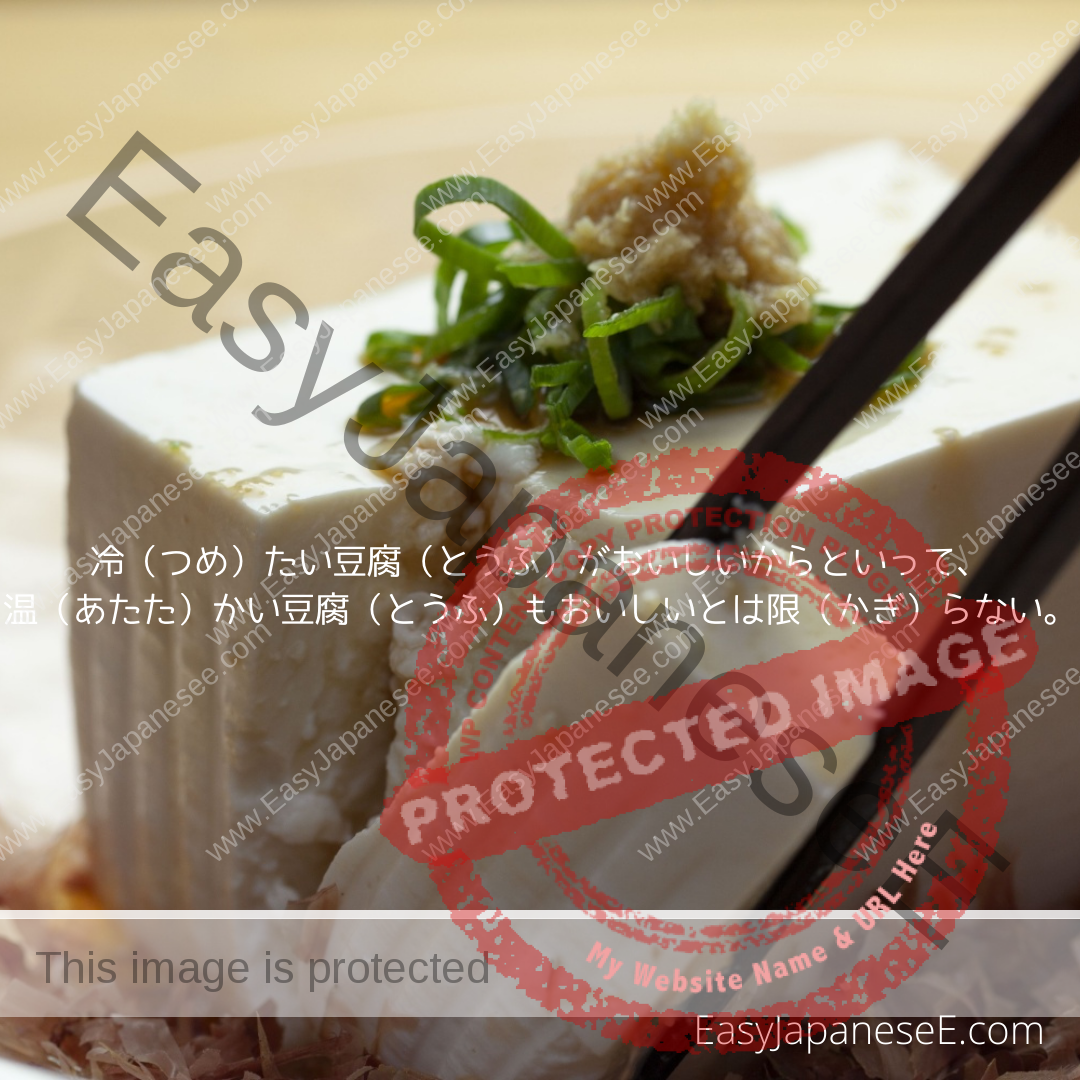
~とはかぎらない literally means “not limited to ~” and it’s used in “partial negation” which is often translated as “not always ~”, “not all are ~”, etc.
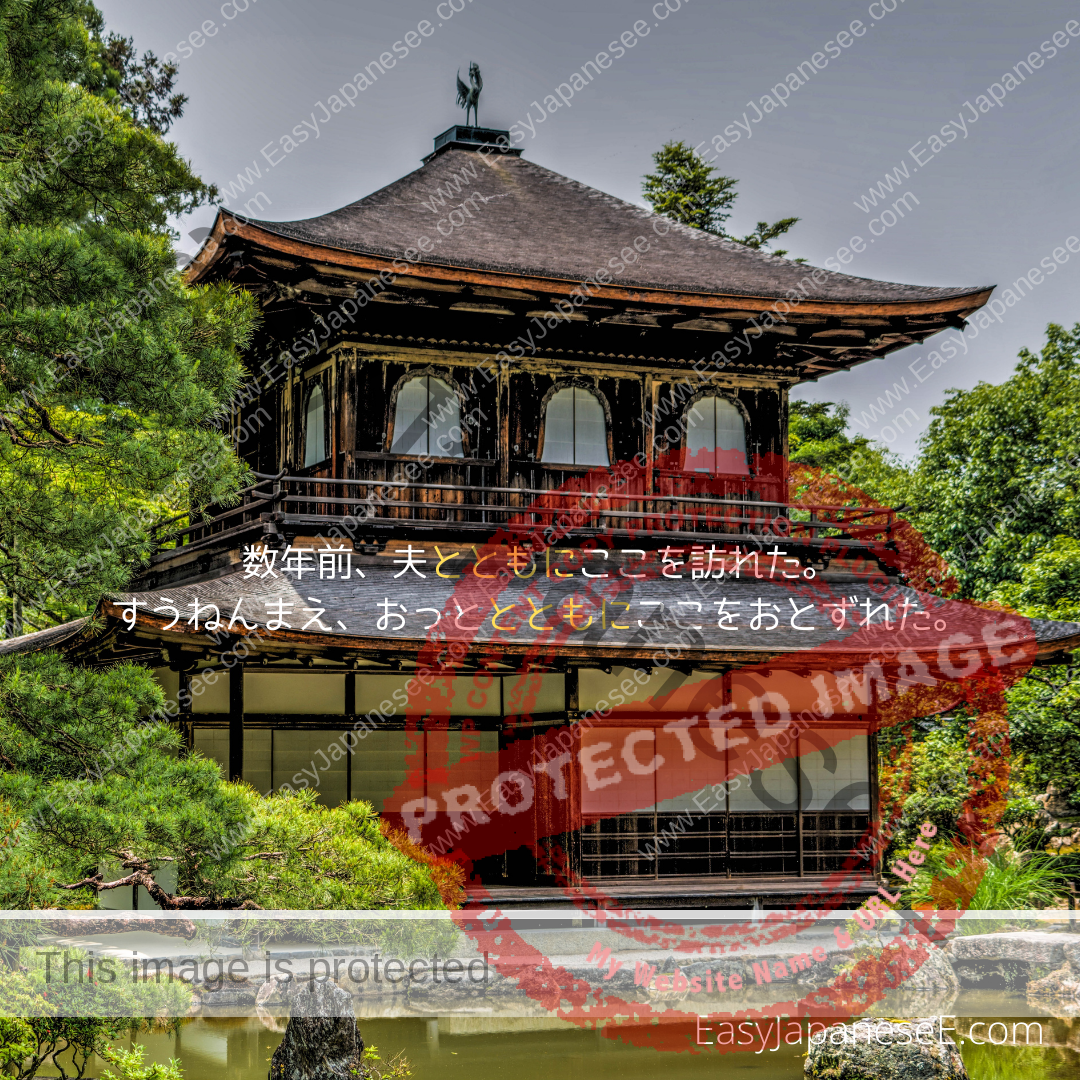
~とともに means 2 things are “together” or “simultaneous.” They can be replaced with ~といっしょに, ~と同時(どうじ)に or ~につれて. Check the details here.
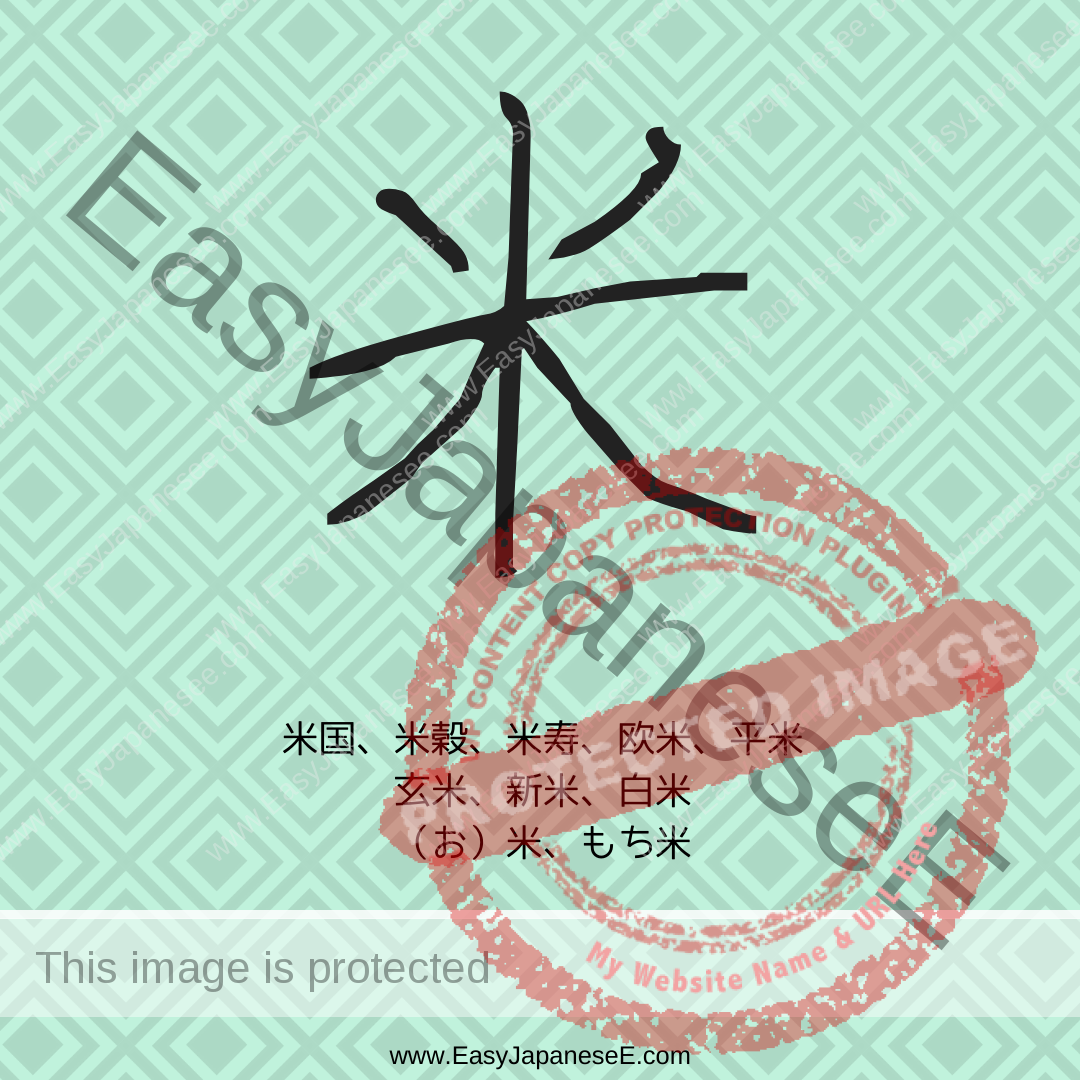
Today’s #kanji is 米, which makes its own radical of #こめへん(米), One theory says it is a pictograph and another theory says it is a logogram.
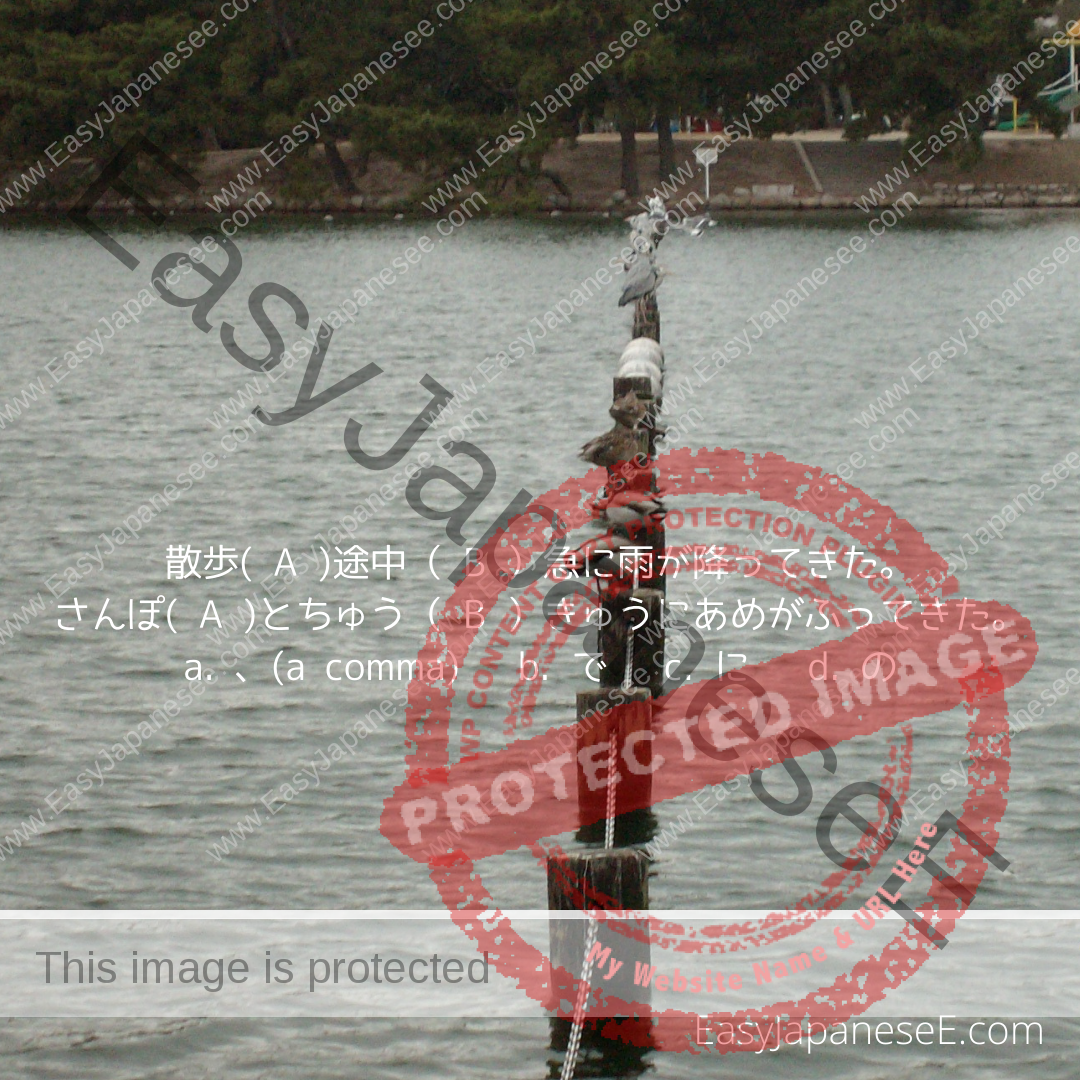
とちゅう is a noun which refers to a point between the starting point and the ending point. It can be a location or a time, or “in the middle of doing something”
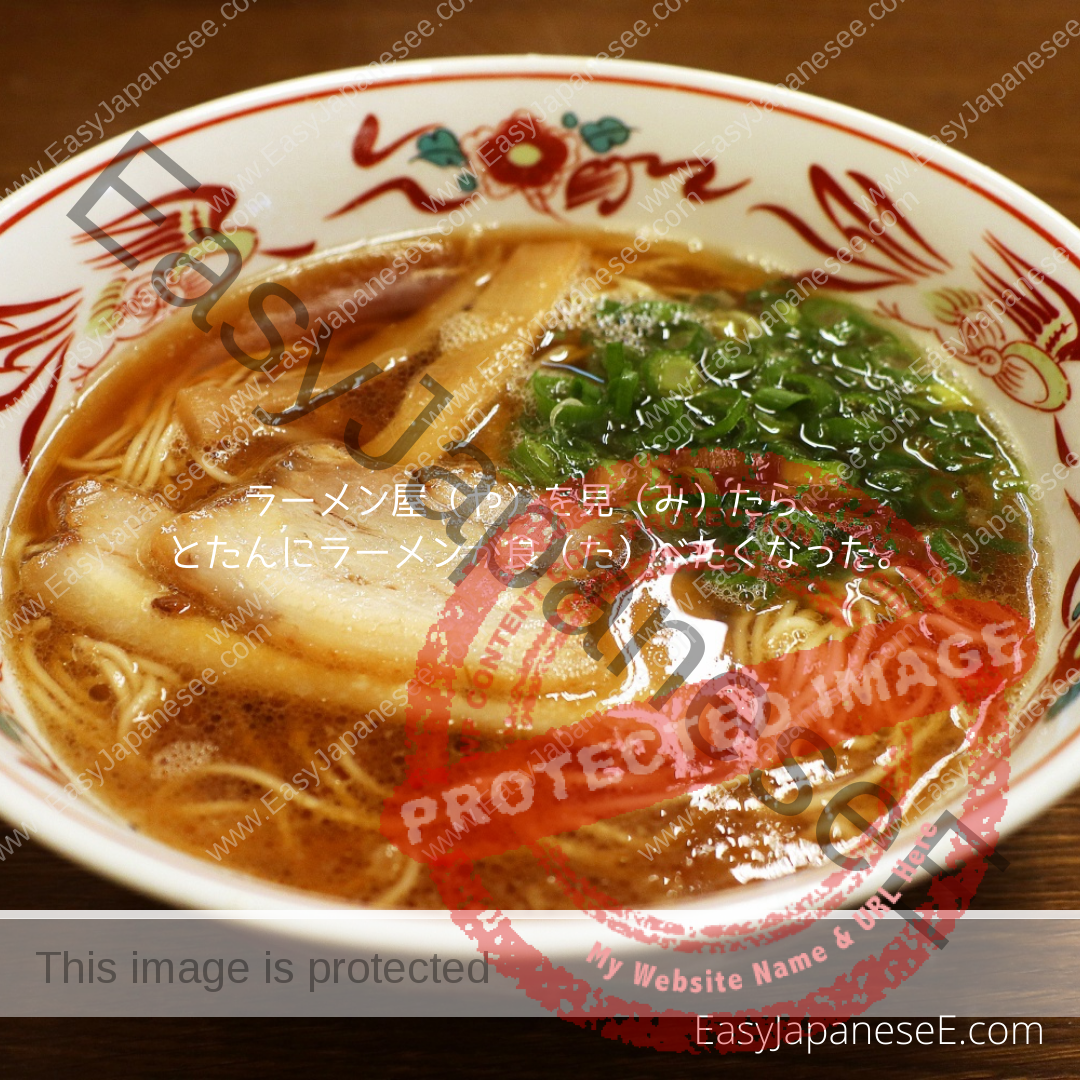
とたん is a noun meaning “the moment” or “the instant”. It can also be used after a past plain verb and ~とたん(に)… means “as soon as ~, … happens.”

Today’s #kanji is 葉, which is listed under its semantic element of #くさかんむり(艹). Its phonetic element is 枼. Check the usage here.
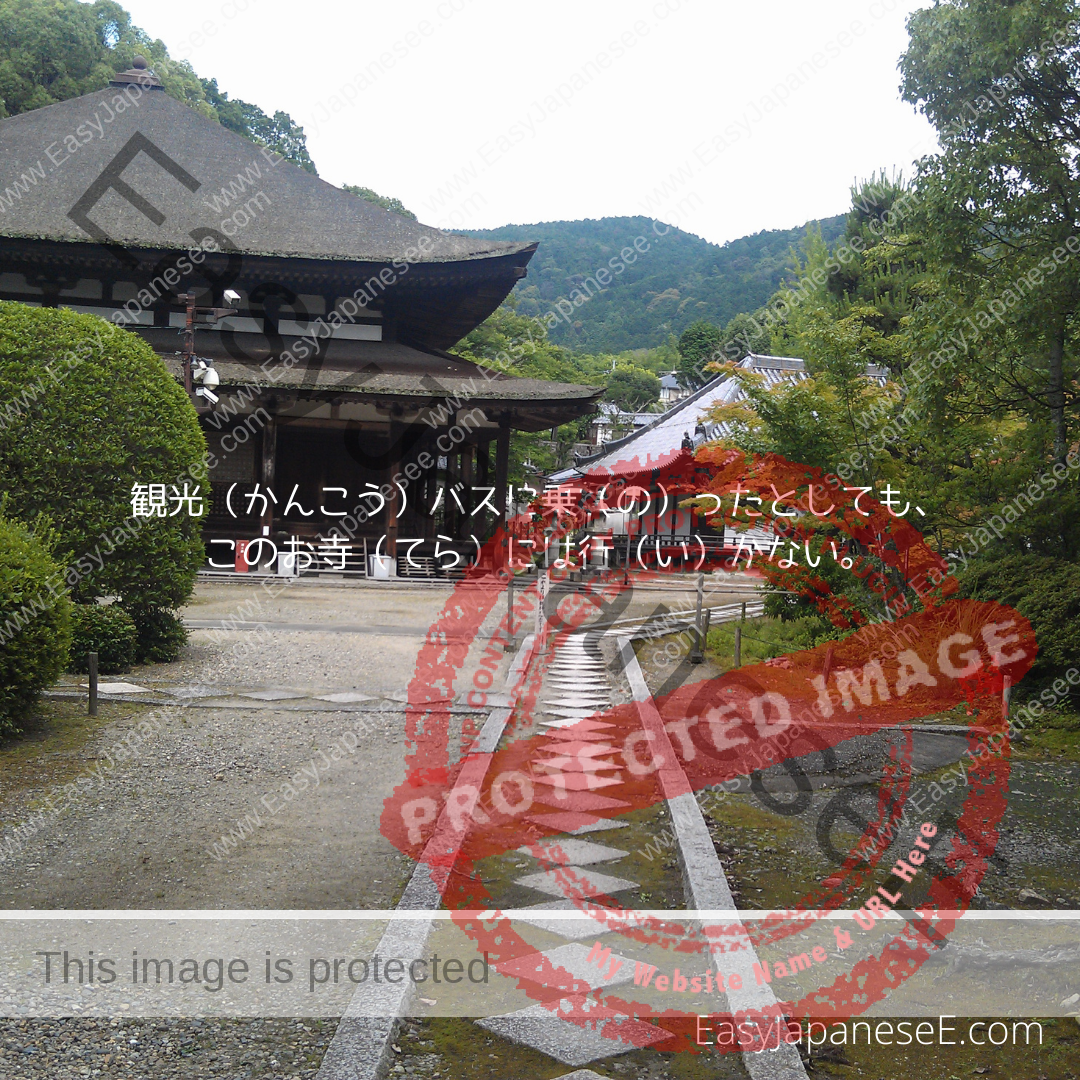
If としても follows a predicate, it is an expression for “assumption,” and ~としても can be translated as “even if ~,” “although ~,” “supposing that ~,” etc.
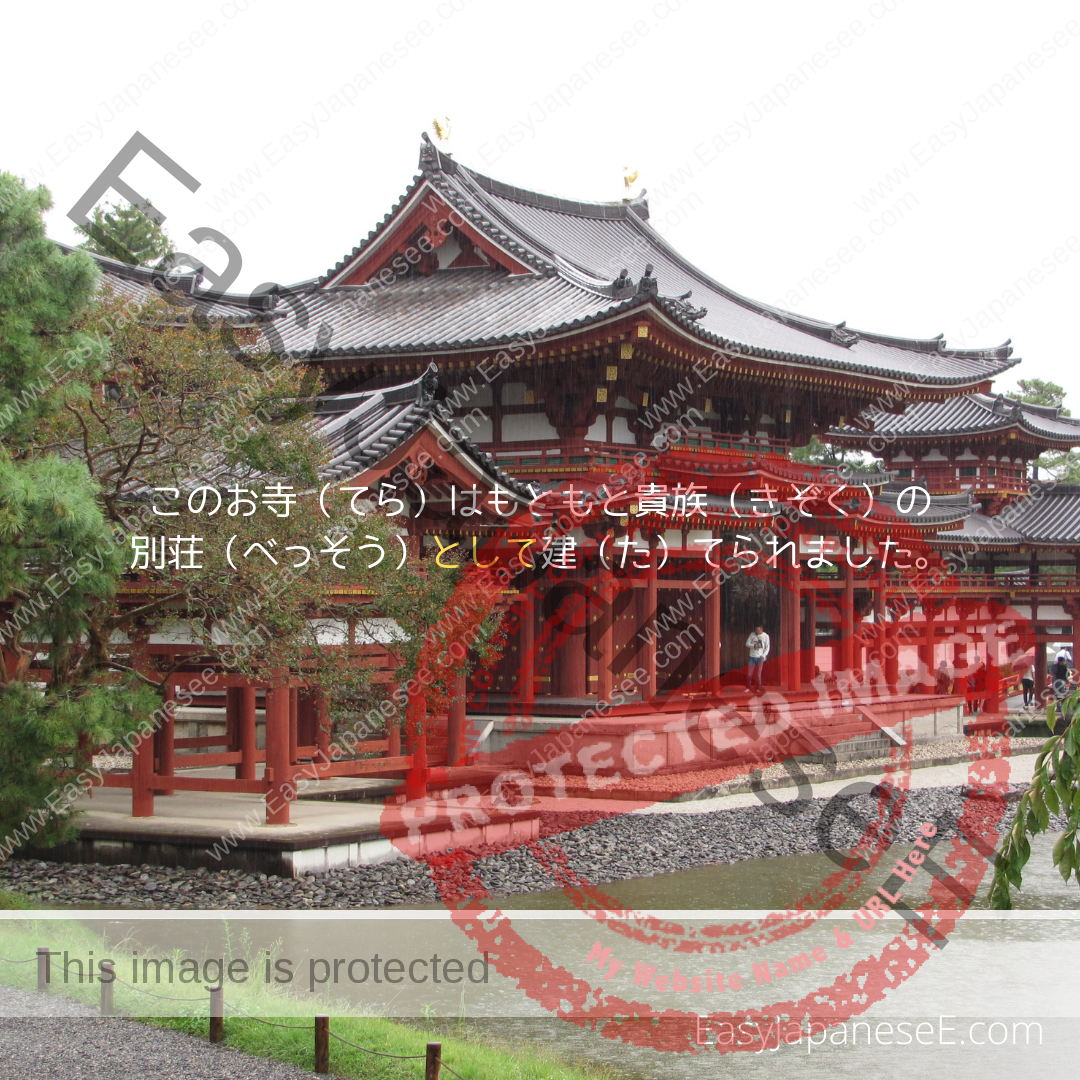
If the phrase として follows a noun, ~として means “in the capacity of ~” and can be translated as “as ~.” It’s different from when として is used with a verb.
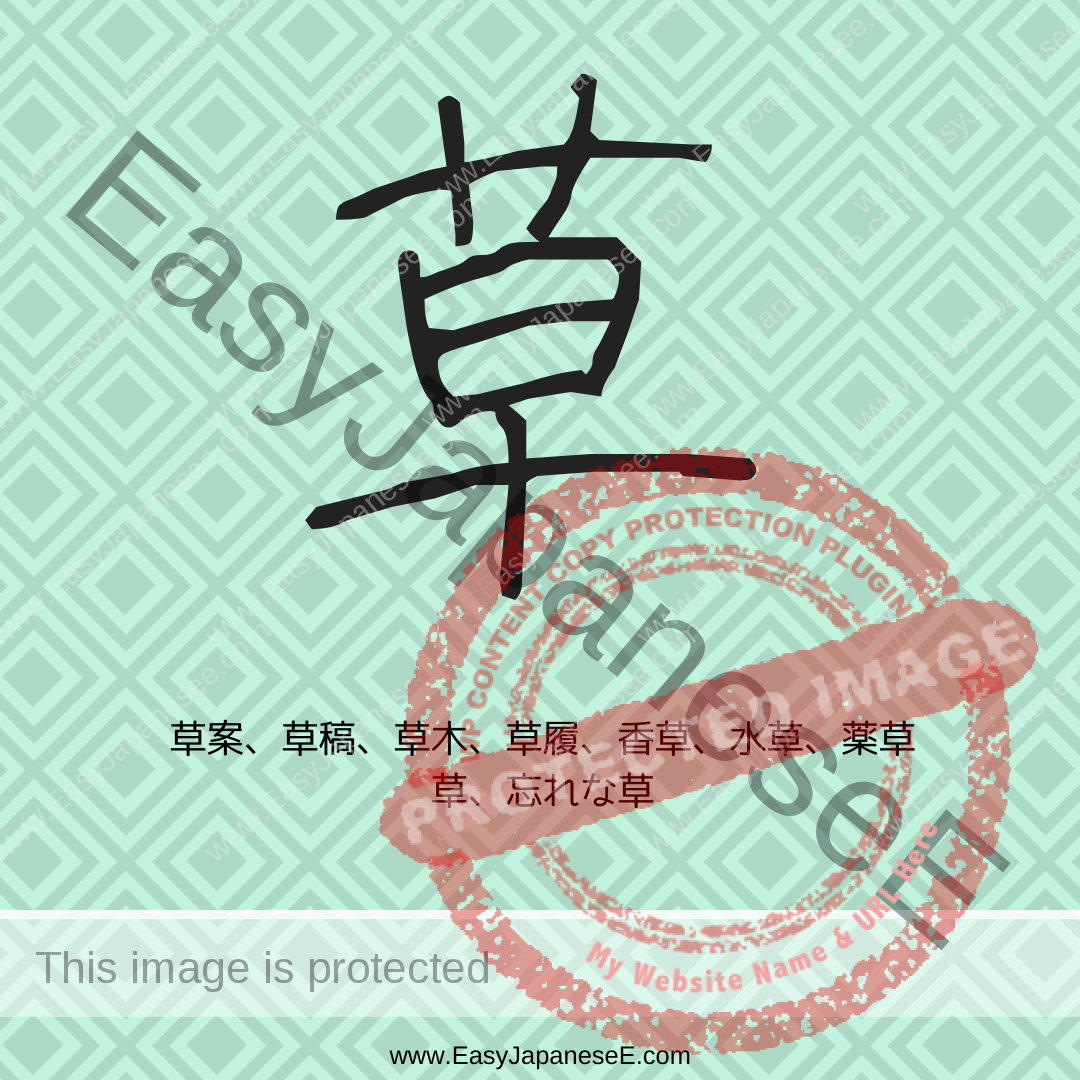
Today’s #kanji is 草, which is listed under its semantic element of #くさかんむり(艹), which is a simplified version of 艸. Its phonetic element is 早.

~としたら、~とすると、~とすれば all are expressions to express an assumption. “Assuming ~, …” or “If ~, …” Here’s my attempt to explain the differences.
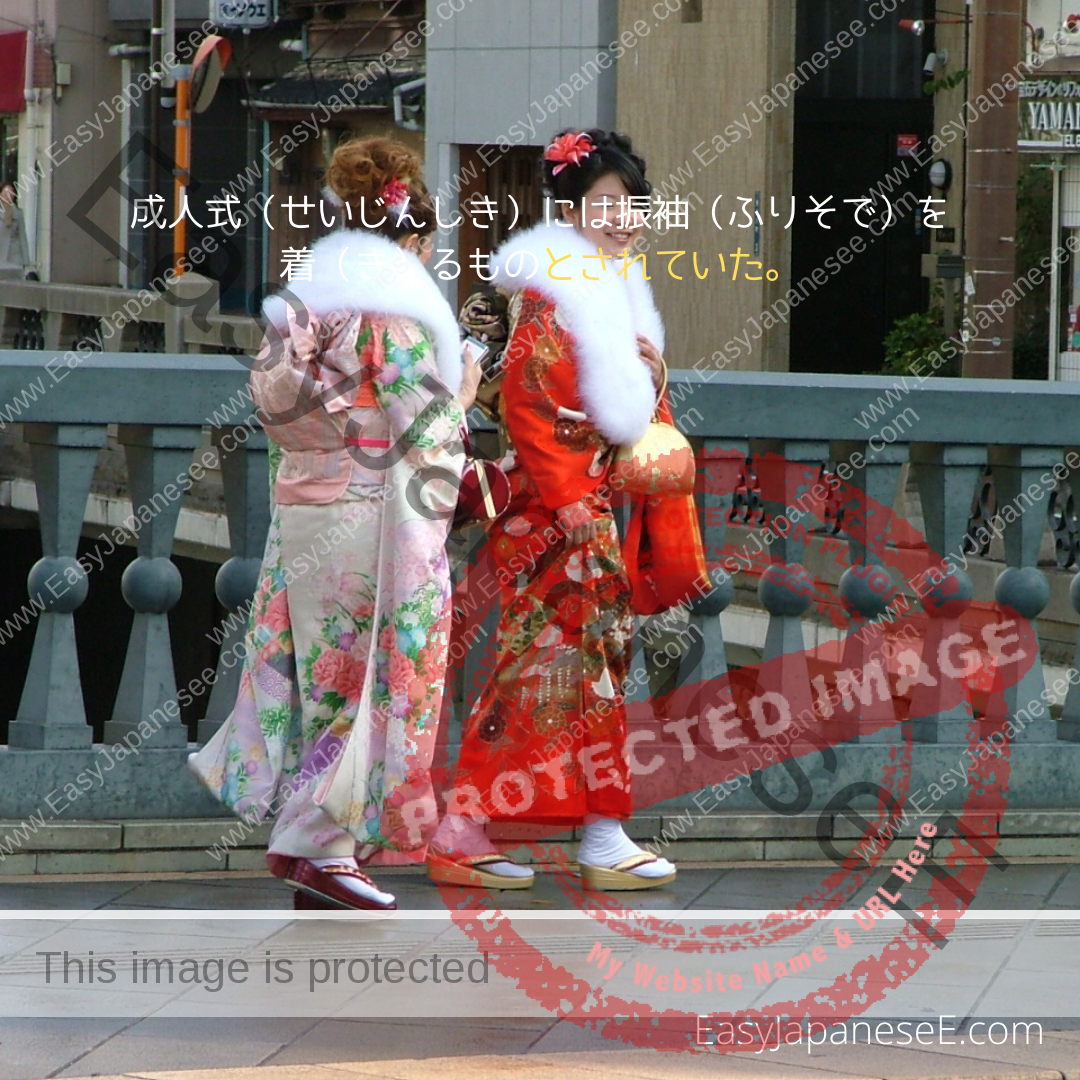
~とされている is very similar to ~といわれている but it can also be used to describe well-accepted customs. Check the usage with examples here.
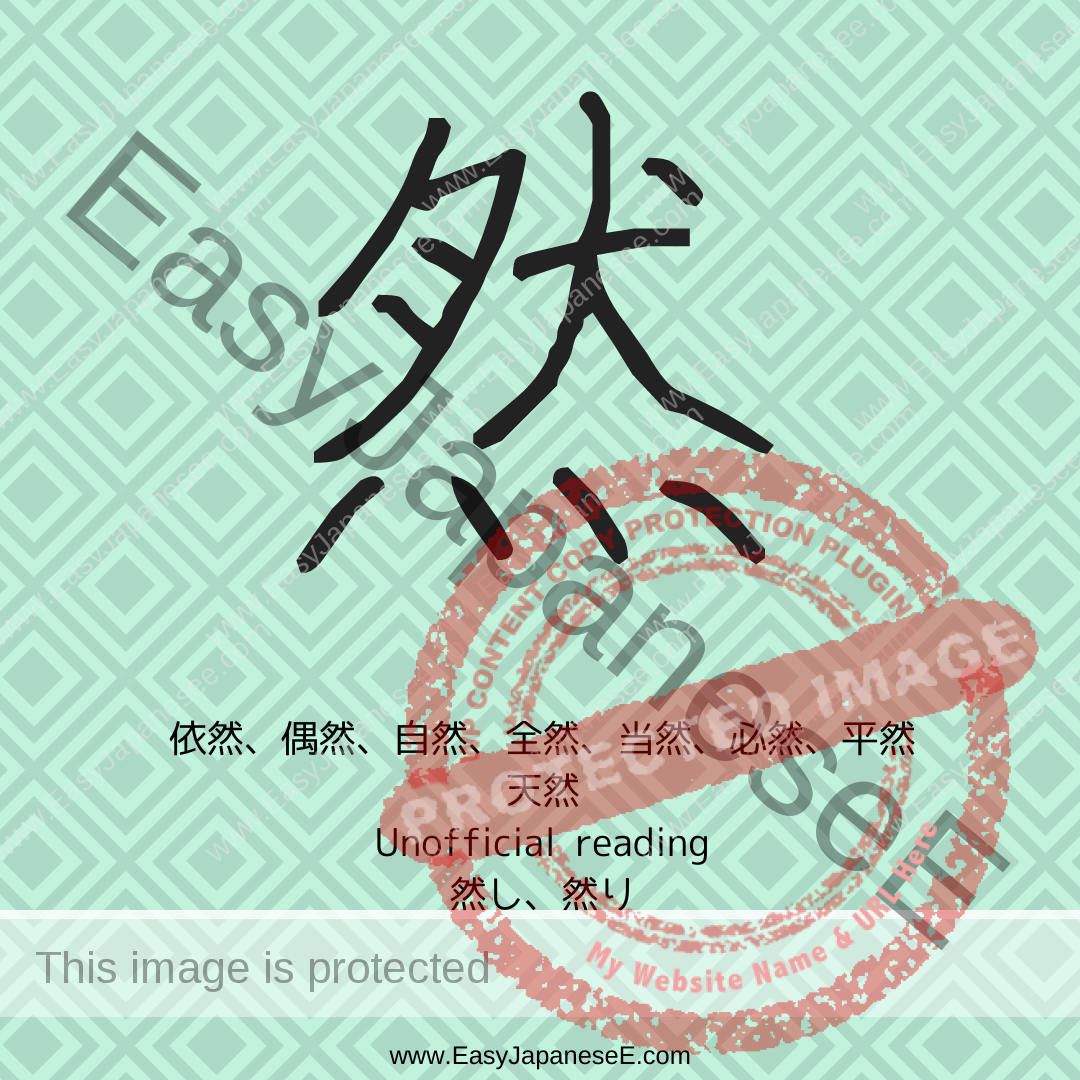
Today’s #kanji is 然. It is listed under its semantic element of #れっか(灬) and its phonetic element is the top part which is a combination of 月(にくづき) and 犬.
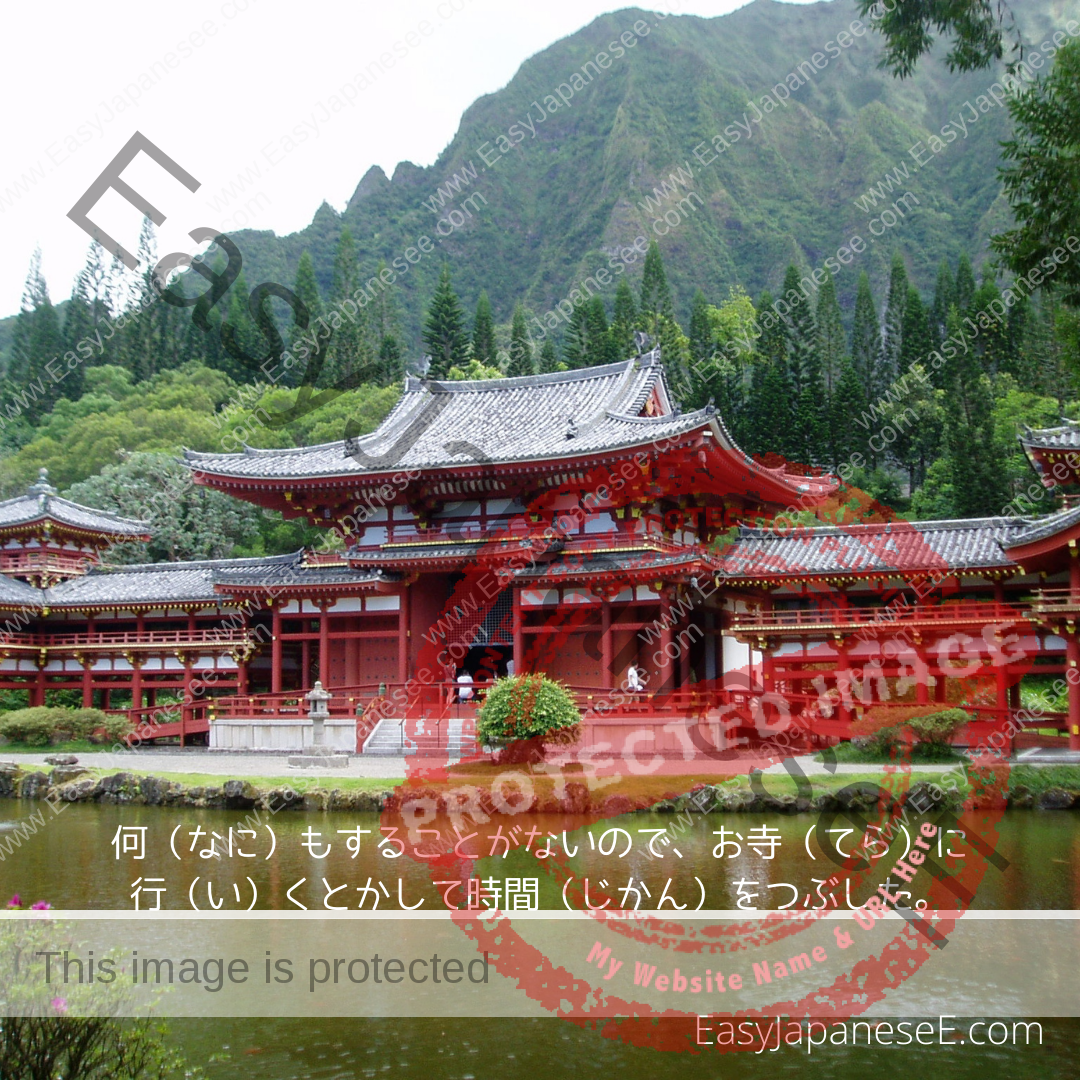
~とか is an expression to list examples. It is similar to ~や or ~など but ~とか is more casual and doesn’t get used in writing very often.
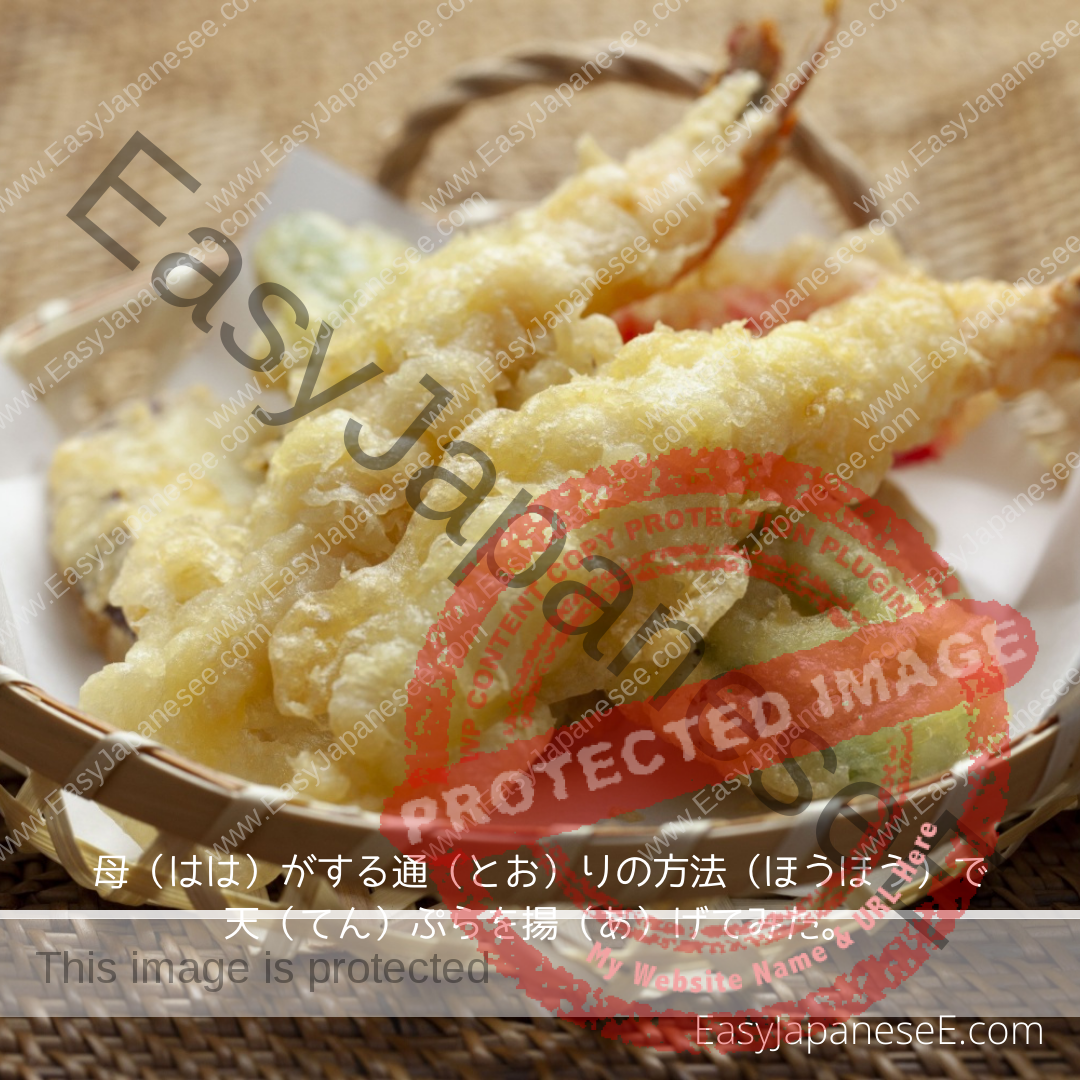
通り itself means “a street” but today I’m writing about ~とおり/~どおり which can be translated as “as ~,” “in accordance with ~,” or “according to ~.”
